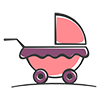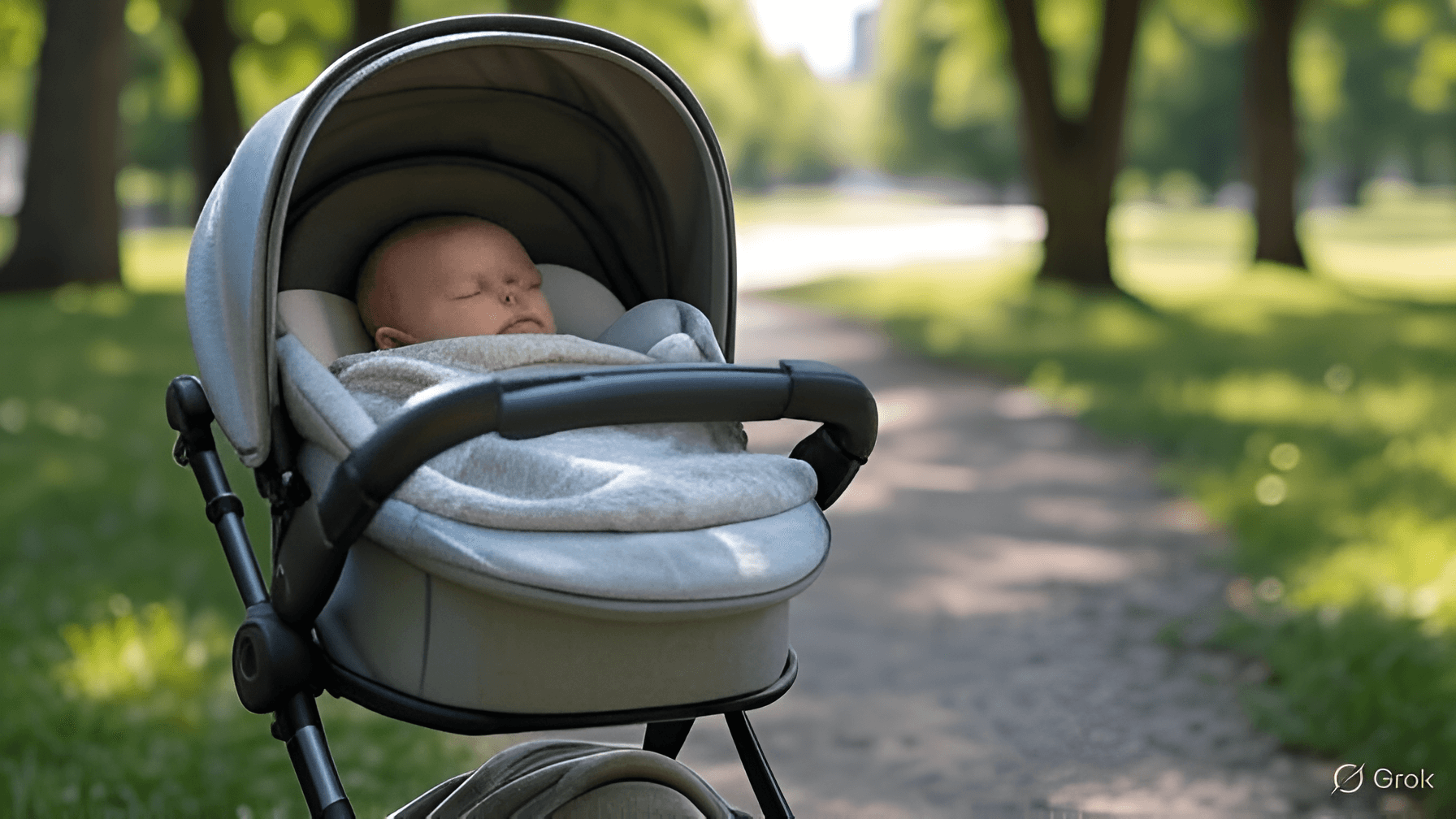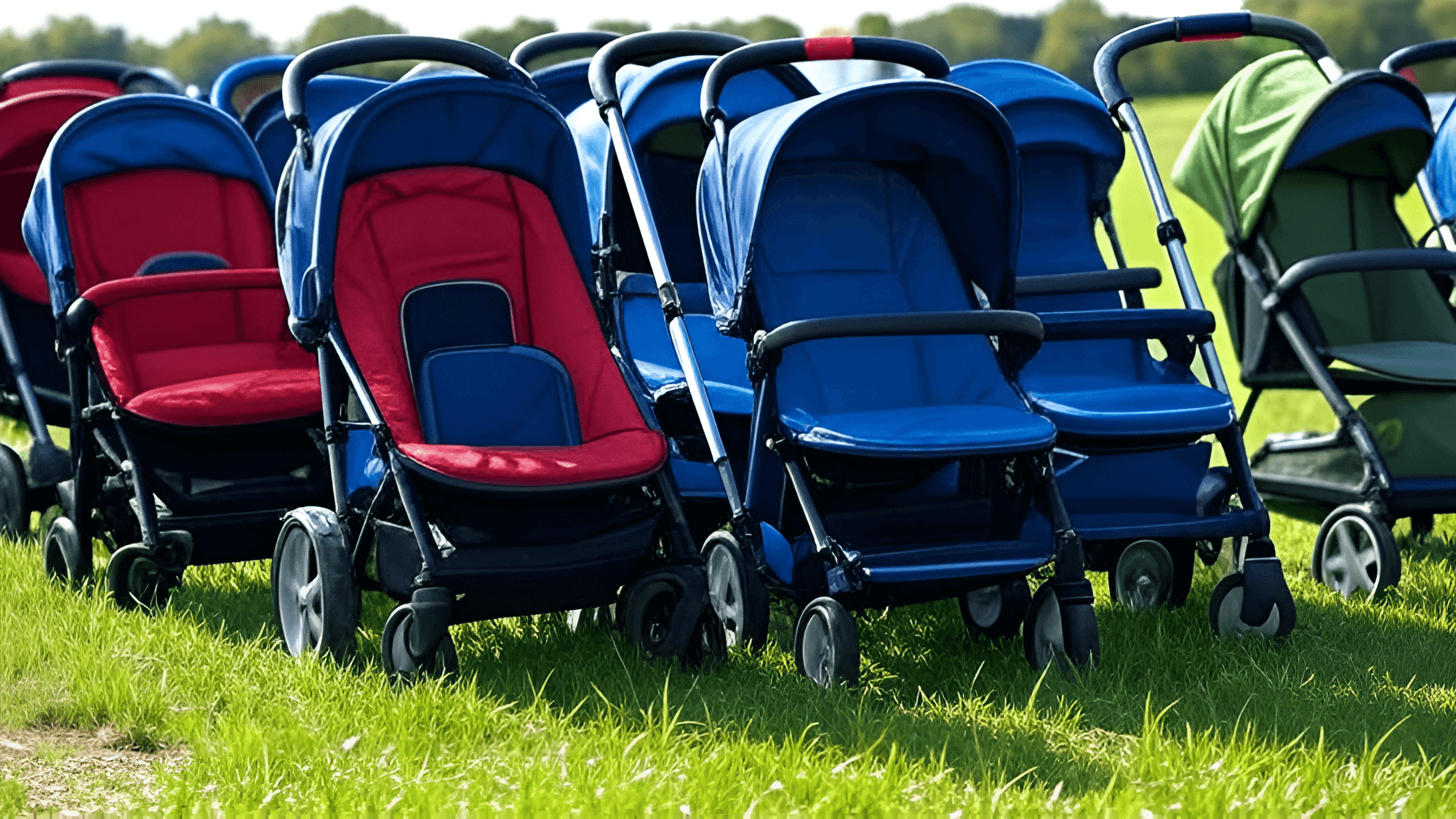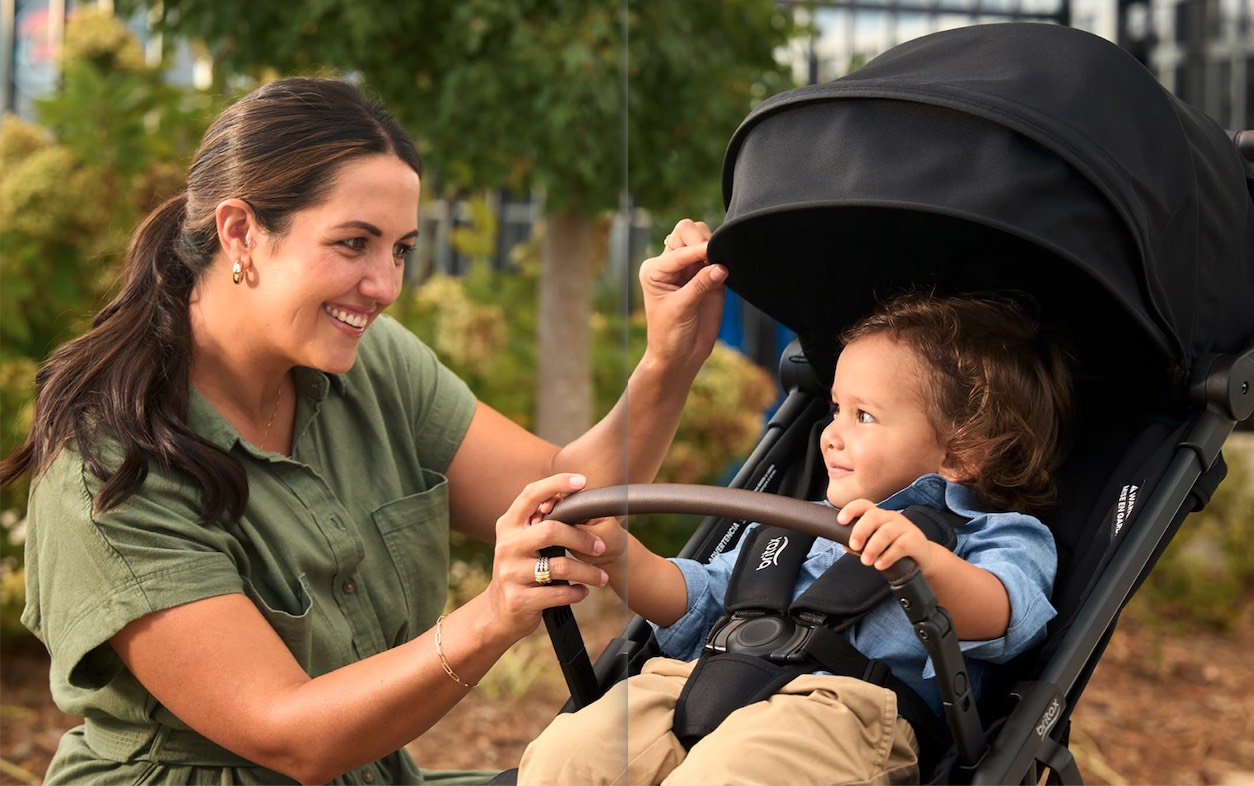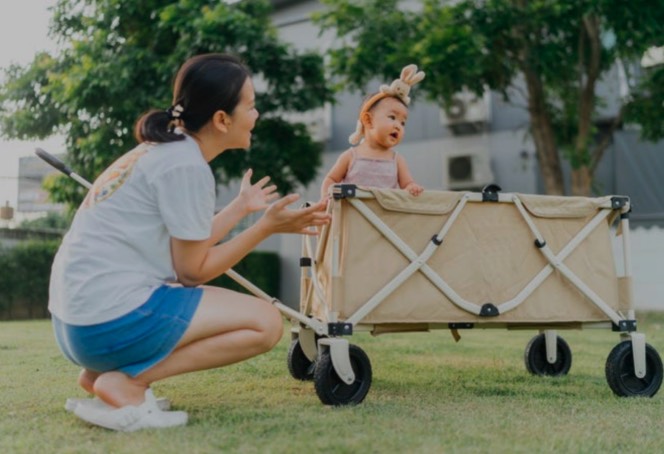In 2025, as parents increasingly rely on strollers for daily mobility and adventures, understanding safety standards and certifications has never been more critical. With advancements in design and materials, strollers are safer than ever, but incidents like tip-overs, harness failures, or brake malfunctions still occur if subpar products are chosen. The U.S. Consumer Product Safety Commission (CPSC) reports thousands of stroller-related injuries annually, often preventable through informed purchasing and proper use. This guide demystifies key safety standards, certifications like ASTM, JPMA, and CPSIA, and provides practical tips to keep your little one secure. Whether you’re shopping for a jogging model, travel stroller, or convertible, prioritizing safety ensures peace of mind during every outing.
Drawing from official sources like the CPSC, ASTM International, and the Juvenile Products Manufacturers Association (JPMA), along with expert insights from parenting sites such as Babylist and BabyGaga, we’ll cover mandatory regulations, voluntary certifications, common hazards, and maintenance advice. In 2025, updates to compliance rules emphasize rigorous testing for durability, chemical safety, and performance, reflecting a push toward zero-tolerance for risks. By the end of this article, you’ll be equipped to spot safe strollers and use them effectively, reducing accident risks by up to 90% according to CPSC data.
Understanding Mandatory Safety Standards for Strollers
Strollers sold in the U.S. must comply with federal regulations enforced by the CPSC, which incorporates voluntary standards from organizations like ASTM. These ensure products withstand real-world stresses without endangering children.
-
CPSC Regulations (16 CFR Part 1227): This is the cornerstone of stroller safety, mandating compliance with ASTM F833, the Standard Consumer Safety Specification for Carriages and Strollers. Updated periodically, the 2025 version addresses stability, brakes, harnesses, and more. Key requirements include:
- Stability Testing: Strollers must not tip over when loaded with weights simulating a child and bags, even on inclines up to 20 degrees.
- Brake Performance: Parking brakes must hold on slopes, and handbrakes (for jogging models) should stop within specified distances.
- Harness Systems: Five-point harnesses are required to secure children from shoulders, waist, and crotch, preventing submersion or ejection.
- Pinch Points and Sharp Edges: No exposed hazards that could injure fingers or skin.
- Wheel and Frame Durability: Tested for 100,000 cycles to simulate years of use.
The CPSC’s final rule codifies these at 16 CFR part 1227, with any modifications for enhanced protection. Non-compliant products face recalls; in 2025, new certificate of compliance rules (effective January 8, 2025) require electronic filing for imports, ensuring traceability.
-
CPSIA (Consumer Product Safety Improvement Act): Enacted in 2008 and updated through 2025, this focuses on chemical safety. Strollers must be free of lead (under 90 ppm in paints, 100 ppm in substrates), phthalates (under 0.1% in plastics), and other toxins. Third-party lab testing is mandatory, with certificates issued for each batch. This is crucial for fabrics, foams, and handles that babies might mouth.
-
ASTM F833 Standard: Developed by ASTM International, this voluntary standard becomes mandatory via CPSC incorporation. The latest revision (ASTM F833-24, effective 2025) includes tests for dynamic impacts, such as dropping from heights or simulating curb drops. It also covers locking mechanisms to prevent accidental folds and reflective materials for visibility. Brands like Mockingbird exceed these by testing beyond requirements.
International standards like EN 1888 (European) or AS/NZS 2088 (Australian) may apply for imported strollers, but U.S. sales require CPSC alignment. Always check the manufacturer’s compliance statement on packaging or websites.
Voluntary Certifications: JPMA and Beyond
While CPSC sets the baseline, voluntary certifications provide extra assurance through independent testing.
- JPMA Certification: Administered by the Juvenile Products Manufacturers Association, this seal indicates a stroller has been tested to ASTM standards plus additional JPMA protocols. It’s voluntary but highly regarded—over 2,000 products carry it in 2025. Testing occurs at accredited labs, covering extras like chemical emissions and long-term wear. JPMA encourages participation in standard-setting, ensuring ongoing improvements. Look for the JPMA seal on the frame or box; it’s re-verified annually.
- Baby Safety Alliance Verified Seal: Formerly part of JPMA, this independent verification tests to the highest standards, including ASTM and beyond. It’s trusted for unbiased assessments, helping parents identify products that exceed basics.
- Other Labels: GREENGUARD Gold certifies low chemical emissions for indoor air quality, ideal for strollers used indoors. OEKO-TEX Standard 100 ensures textiles are free of harmful substances. For eco-focused parents, look for GOTS (organic textiles) or Bluesign (sustainable manufacturing).
Babylist experts recommend cross-referencing certifications: A JPMA-certified stroller compliant with ASTM and CPSIA offers comprehensive protection. Avoid unbranded or overseas imports without U.S. labels, as they may skip testing.
Common Stroller Hazards and How Standards Address Them
Awareness of risks empowers safer choices. CPSC data shows most injuries involve falls, entrapments, or tip-overs.
- Tip-Overs: Addressed by ASTM stability tests; avoid hanging heavy bags on handles (limit to 10 pounds per guidelines).
- Harness Failures: Five-point systems prevent this; always buckle up, even for short trips.
- Brake Issues: Mandatory testing ensures reliability; check for wear regularly.
- Pinching/Entrapment: Standards require gaps under 0.21 inches in hinges.
- Chemical Exposure: CPSIA limits toxins; opt for certified fabrics.
In 2025, smart strollers add sensors for harness alerts or auto-brakes, enhancing baseline standards.
Essential Safety Tips for Parents in 2025
Beyond buying certified products, proper use is key. Here’s a step-by-step guide:
- Pre-Purchase Checks:
- Verify labels: Look for CPSC compliance, ASTM F833, JPMA seal, and CPSIA certificate.
- Read reviews: Sites like Consumer Reports test for real-world safety.
- Test in-store: Push loaded, check brakes on inclines, ensure harness adjusts snugly.
- Assembly and Setup:
- Follow instructions precisely; improper assembly causes 20% of issues.
- Register your stroller for recall alerts via CPSC.gov.
- Daily Use Tips:
- Always use the harness: Secure all five points; adjust as child grows.
- Engage brakes: Park on flat surfaces; never leave unattended on slopes.
- Balance loads: Place heavy items in baskets, not handles.
- Monitor age/weight: Stop use when child exceeds limits (typically 50-75 pounds).
- Avoid modifications: Don’t add unapproved accessories that alter stability.
- Maintenance and Inspections:
- Weekly: Check wheels, brakes, harnesses for wear; clean fabrics to prevent mold.
- Monthly: Lubricate moving parts; tighten screws.
- Annually: Professional inspection if heavy use.
- Recall Checks: Visit CPSC.gov monthly; 2025 saw recalls for brands like Evenflo over brake failures.
- Special Considerations:
- For Jogging/All-Terrain: Ensure handbrakes and fixed wheels; run at safe speeds.
- Travel Strollers: Confirm airline compliance; use gate-check bags.
- Multi-Child Models: Test tandem stability; use age-appropriate seats.
- Weather Prep: Covers for rain/sun; avoid extreme heat (fabrics can reach 120°F).
BabyGaga emphasizes teaching older siblings not to hang on strollers, reducing tip risks. For infants under 6 months, use fully reclining seats or bassinets to support airways.
Navigating Recalls and Reporting Issues
CPSC oversees recalls; in 2025, electronic certificates streamline this. If your stroller malfunctions, report to SaferProducts.gov. Common recall triggers: Faulty locks, wheel detachments. Brands like UPPAbaby and Thule offer free repairs for certified models.
QIMA notes that voluntary JPMA testing often catches issues pre-market, minimizing recalls.
Future of Stroller Safety in 2025 and Beyond
With tech integration, expect AI sensors for real-time hazard detection. CPSC’s 2025 focus on FTZ imports ensures global compliance. Advocacy groups push for stricter chemical bans, aligning with EU standards.
In conclusion, prioritizing ASTM, CPSC, and JPMA certifications safeguards your family. Combine with vigilant use for optimal safety—your child’s well-being depends on it. Stay informed via official sites for updates.
